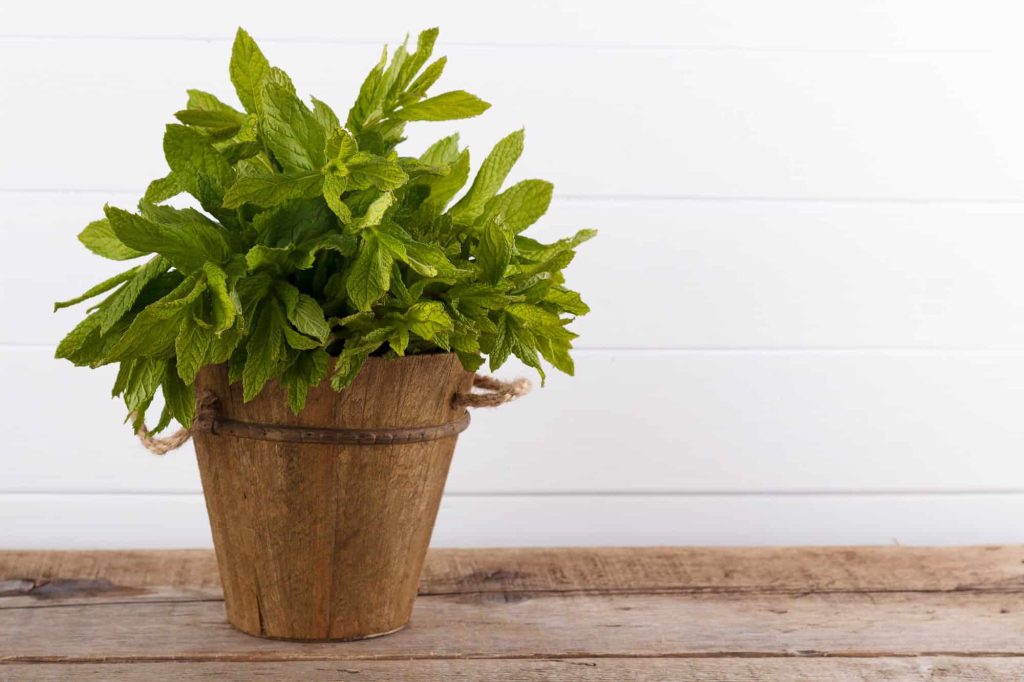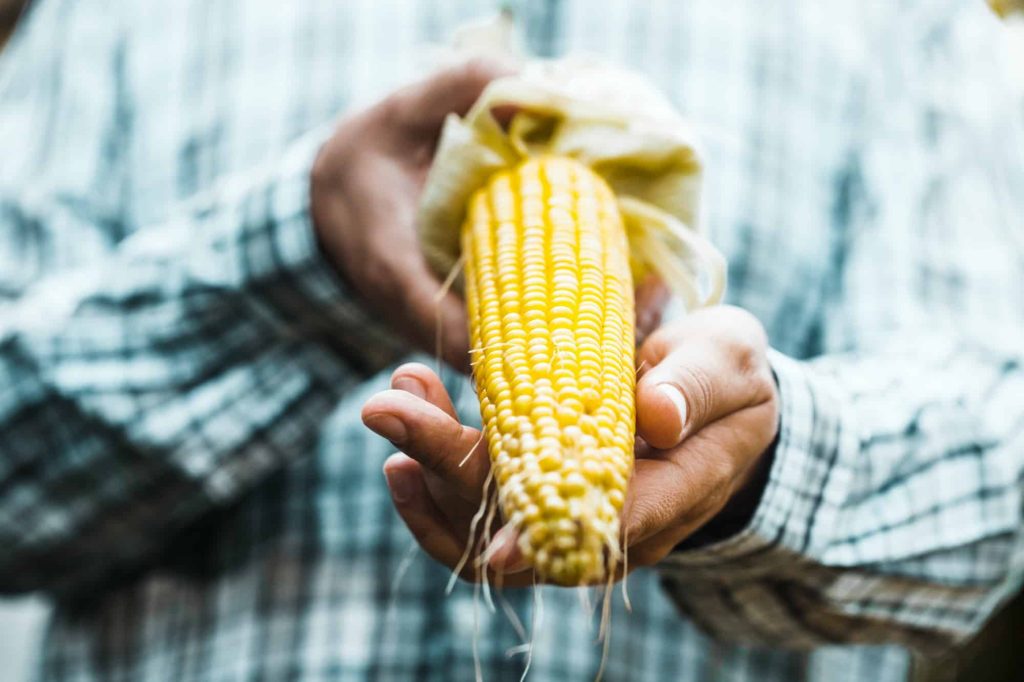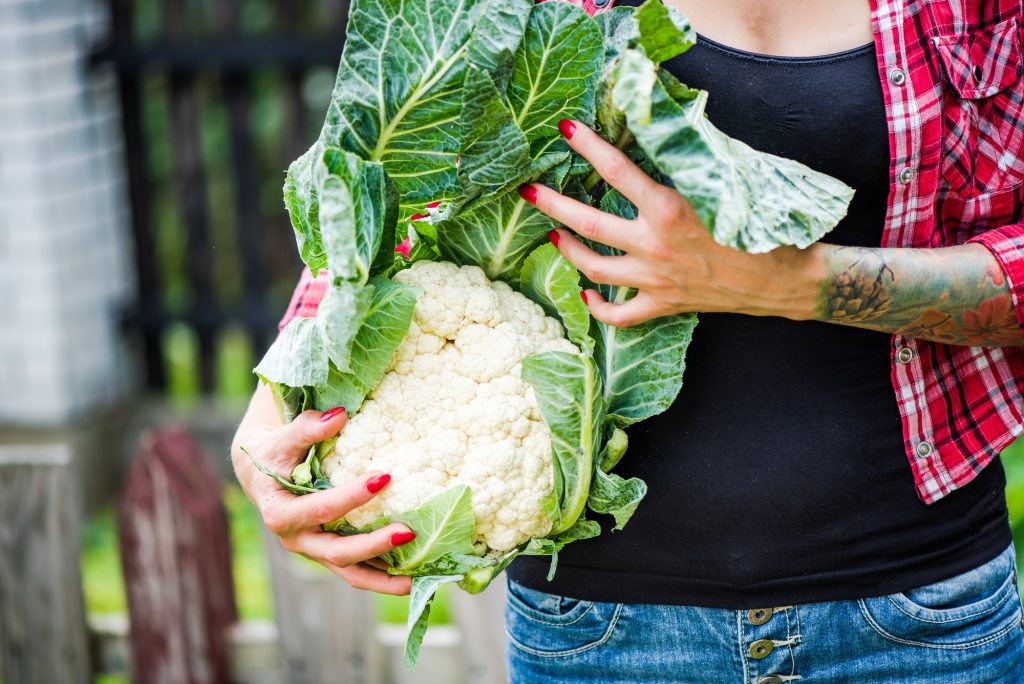Sometimes the ecosystem of a plant can be fragile which makes it rely on other plants for survival. By companioning with other plants, cauliflower benefits from the mutual relationship via the attraction of pollinators, and an increase in the fertility of the soil among other advantages.
Companion planting brings out the strength in cauliflower eradicating the susceptibility to pests. Being a perennial crop, cauliflower prefers to blossom its florets in full sunlight. It’s unable to sprout properly in soggy soil, thus as a gardener, you need to adjust its soil pH to 7 and ensure It is well-drained.
Some of the best companion plants to grow with cauliflower are beans, garlic, rosemary, sage, dill, celery, peppermint, thyme, and spinach. This vegetable does well plant with other vegetables and most herbs. Plants that are not a good idea to grow near cauliflower are strawberries, pumpkins, corn, and peas.
The contribution made by the companion plant is enormous that cauliflower can’t escape being packed with nutrients that serve various culinary purposes. Unlike some other vegetables, cauliflower can be complicated but will thrive if you study the guidelines.
10 Best Cauliflower Companion Plants
Cauliflower is one vegetable that requires maximum attention as it can be difficult to cultivate. The best plants to grow with cauliflower are those that mask it from insects by releasing its scent.
1. Garlic
Have you ever perceived the breath of someone who ate garlic?. The smell of garlic is unpleasant to humans let alone pests that will destroy the beautiful florets of your cauliflower. You don’t need to worry much about pests reducing the yield of your produce. Utilize garlic as it will save you the cost of buying pesticides. It also gives space to your vegetable whilst protecting it from pests.
2. Celery

The leaves of cauliflower are very attractive to cabbage moths and if care isn’t taken, you will have all the leaves munched off. Celery is the best plant to keep this problem in check. Brassicas are vulnerable to pests and this can be considered injurious because these pests tend to reduce their nutrients.
One amazing fact about celery is that it consumes a lot of water nonetheless it doesn’t compete with cauliflower for nutrients. It also sends an invitation to pollinators and beneficial insects to aid the growth of cauliflower.
3. Beans
Whilst cauliflower takes up so many nutrients from the soil, beans replenish the soil with nutrients to avoid a deficiency. They are good deterrents to pests. Beans go well with so many plants because of the numerous benefits it contributes to the plant ecosystem. Don’t think twice before growing it with cauliflower
4. Onion
Plants in the family of Allium have never been a bad choice of companionship for Brassicas. They always go well together because of the aroma it releases. That aroma can keep any intruder away from your vegetable. Onions also mask the smell of cauliflower from pests and provide space for your plants. It takes up a lot of water but doesn’t compete with your vegetable for nutrients which makes it more compatible.
5. Peppermint
Mint is used for the enhancement of flavor. It adds to the flavor of any companion plant. In some cases, it’s advised not to be planted with some plants like cucumbers, and watermelons so they will maintain their original flavors. Although mint is an invasive herb because its rhizome roots can affect the roots of its companion, it is recommended to plant them near cauliflower. You might be wondering why it fits in so perfectly.
Mint is the king of pungent smells. Pests like cabbage moths, flea beetles will steer clear of your cauliflower if you cultivate both plants together.
6. Rosemary

Rosemary as an herb contributes a lot to plant biodiversity. It has a lot of benefits and gives more than it receives from plants. With the scent it releases, it will magnet many beneficial insects to cauliflower and also repel pests too. Rosemary requires little water to grow, so it’s advisable to cultivate them in a pot close to your cauliflower on the same patch.
7. Dill
This plant has always been a twin to Brassicas. It repels the most dangerous pests attacking cauliflower leaving it to have a healthy growth. With the attraction of parasites, dill comfortably takes care of the pests that feed on the leaves of the cauliflower.
8. Sage
You will surely have a massive harvest if sage is cultivated with your cauliflower plant. It is an herb utilized by many chefs in the kitchen. Growing sage isn’t difficult and its presence in your garden will contribute to the eradication of pests.
9. Thyme
The effect herbs have on pests is unexplainable. Most herbaceous plants are deterrents to pests and thyme isn’t an exception. It also acts as weed control and also calls beneficial insects cauliflower. It also serves culinary purposes.
10. Spinach
Interplanting Vegetable plants with cauliflower flowers is a task that requires attention. The growing requirement must be studied before being considered as a companion plant. Spinach is a perfect vegetable plant for cauliflower that will give its yield a boost.
What Not to Plant Near Cauliflower
This part of planting cauliflower is delicate as a little mistake in the companion plant can result in the death of your vegetable. If you want to keep admiring the colorful florets of your cauliflower, there are plants you must never cultivate with it.
1. Peas
Although pea is a good cover crop and fixes nitrogen in the soil. Never contemplate cultivating it with cauliflower. The two don’t go well together. Peas are a source of hindrance to the growth of your vegetable plant.
2. Strawberries
If you don’t want your cauliflower to be eaten by slugs, never take strawberries near its surroundings. Strawberry is a very attractive plant that invites pests that cauliflower is susceptible to. Thus, planting strawberries in the same patch as your cauliflower is tantamount to signing a contract with stunted growth.
3. Tomatoes
Tomatoes take up a lot of nutrients from the soil and can be referred to as heavy feeders. Planting tomatoes with cauliflower will cause a deprivation of nutrients. Brassicas are heavy feeders and planting two heavy feeders beside each other deprives one of getting enough nutrients and cauliflower is always at the depriving end
4. Corn

This plant is tall and can offer shade to some plants with its leaves. But for a plant like cauliflower that requires enough sunlight to grow, Corn is a bad companion as it will take a larger part of sunlight leaving cauliflower deficient in sunlight.
5. Pumpkins
As beautiful as this plant is, it can be very dangerous to cauliflower. Just like corn, pumpkins also prevent your vegetable plant from receiving enough sunlight. Never plant them together.
Cauliflower Companion Planting Guide
Here are some planting tips for practicing companion planting with cauliflower.
- It is advisable to plant your cauliflower in containers for 2-4 weeks before they are transferred into the garden.
- Make sure the spacing between two cauliflower plants is 18 inches
- Cauliflowers must be planted in rich soil. Ensure that you mix the soil you intend to plant with compost or manure
- Make sure to use mulches for your plant
- Always water your plants from time to time
- Young Cauliflowers don’t thrive well in a cold climate. Avoid exposing young plants to cold
- Use a clothespin to clip the leaves over the cauliflower’s head to get a better yield.
How long does cauliflower take to mature?
How many hours of sunlight does cauliflower need?
What month do you harvest cauliflower?
Can you plant broccoli and cauliflower next to each other?
How do you stop slugs from eating cauliflower?
Should I cover my cauliflower?
Can carrots and cauliflower be grown together?
Conclusion
Companion planting is the bedrock of a healthy and bountiful harvest. You can’t have a good production of vegetables, or flower flowers it’s grown in isolation.
Companion planting goes beyond deterring pests from a plant. It goes as far as ensuring that a plant is being fed with enough nutrients to the end that it comes out with the best yield.
More on companion planting:
